American B-1B Lancer bombers flew in formation with Hungarian and Swedish JAS-39 Gripens over Riga, Latvia, on 19 August, in a NATO manoeuvre intended to signal allied resolve to Russia on the Alliance’s eastern flank.
According to NATO Allied Air Command, two Hungarian Gripens deployed to Šiauliai Air Base in Lithuania as part of the Baltic Air Policing mission joined Swedish Gripens and two U.S. Air Force B-1Bs for a low-level flypast above Latvia’s Freedom Monument.
NATO described the flight as a demonstration of “seamless integration of diverse and highly sophisticated platforms.”
Latvian Defence Minister Andris Sprūds said: “The security of the Baltic States and NATO’s Eastern flank is the cornerstone of the security of the entire Euro-Atlantic region. Such U.S. and Allied flyover manoeuvres clearly demonstrate NATO’s presence in the region, transatlantic unity, and commitment to collectively strengthen the security of the Baltic State region.”
The Hungarian Air Force assumed Baltic Air Policing duties at the start of August, its fourth such rotation. NATO officials said the integrated flypast underscored “scalable force posture across the eastern flank of the Alliance.”
The B-1Bs involved are deployed from Dyess Air Force Base, Texas, to Ørland Air Base, Norway, under the latest Bomber Task Force Europe. NATO stated the deployment enables “Allied aircrews to refine tactics, increase flexibility and strengthen coordination by exercising and operating together, further increasing warfighting capabilities and readiness.”
The manoeuvre forms part of a regular series of Bomber Task Force missions that NATO has stressed are intended to deepen integration and demonstrate “credible, combat-ready airpower in support of the collective defence of the homeland and the Euro-Atlantic region.”
The B-1B Bomber
The B-1B Lancer forms the backbone of America’s long-range bomber force, capable of carrying the largest conventional payload in the U.S. Air Force inventory. Designed for multi-mission operations, it can rapidly deliver guided and unguided weapons across the globe, giving it a central role in U.S. strike capabilities. Its variable-geometry wings, turbofan engines, and blended wing/body configuration provide the range, speed, and manoeuvrability needed to operate in both high- and low-altitude environments, while its radar, targeting systems, and payload capacity make it a critical element of joint strike operations.
Equipped with advanced radar and navigation systems, the B-1B can track and target moving vehicles, follow terrain, and strike with precision using GPS-aided guidance. The addition of Link-16 and a fully integrated data link enhances situational awareness and allows crews to strike time-sensitive targets efficiently. Defensive systems include electronic jamming, radar warning receivers, expendable countermeasures, and a towed decoy, integrated with its reduced radar cross-section for survivability in hostile airspace. Ongoing upgrades continue to replace outdated electronics and improve radar capability, ensuring the B-1 remains relevant in modern battlefields.
Originally developed in the 1970s as the B-1A, the programme was cancelled in 1977 but revived under the Reagan administration as the B-1B. Changes included a reinforced structure for greater payload, improved radar, and significant radar cross-section reductions, though its top speed was reduced to Mach 1.2. The first production aircraft flew in 1984, entering service in 1986. Initially designed for nuclear missions, the B-1B was converted to a conventional-only role under the START and New START treaties, with modifications preventing nuclear armament capability completed by 2011.
The B-1B holds nearly 50 world records for speed, payload, and range, and has seen extensive combat use since Operation Desert Fox in 1998. In Kosovo, Afghanistan, and Iraq, it delivered a disproportionate share of precision-guided munitions relative to sorties flown, underlining its efficiency as a strike platform. Today, the B-1B remains deployed in global operations, supported by a crew of four and capable of carrying up to 75,000 pounds of ordnance. With a maximum speed over 900 mph, intercontinental range, and a ceiling above 30,000 feet, it continues to serve as a very formidable element of U.S. air power.


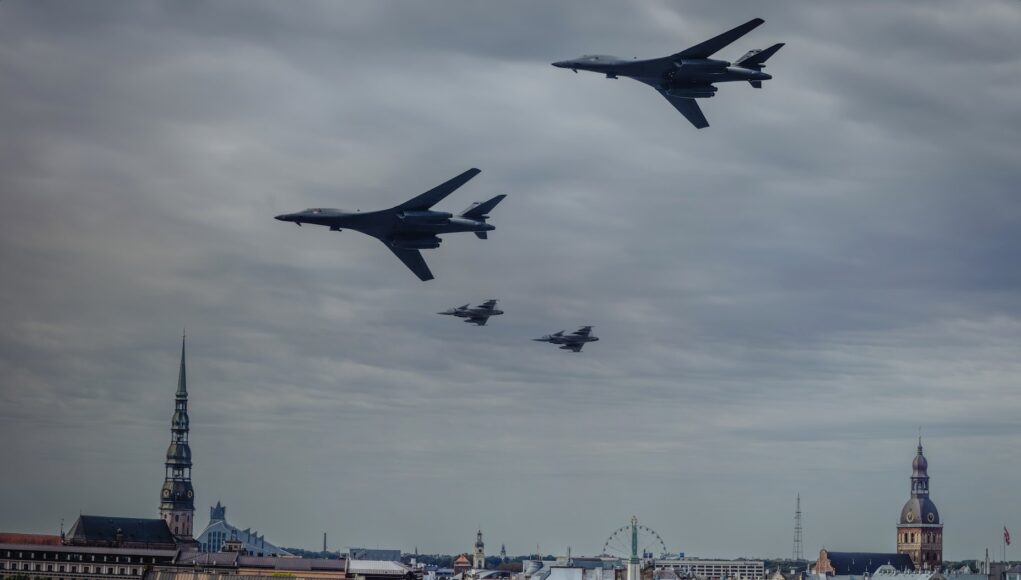
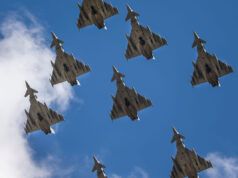

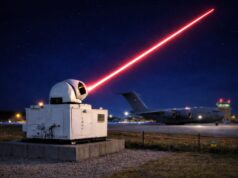
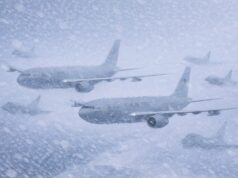
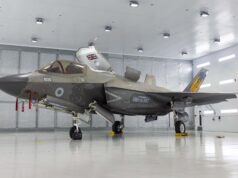
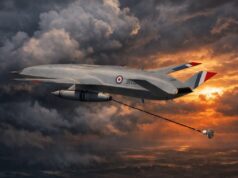
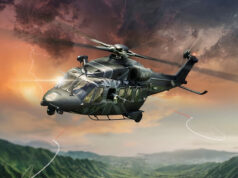
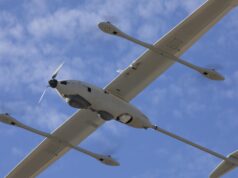
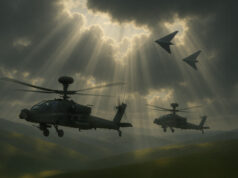
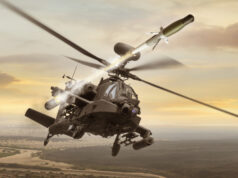

That’s those darned Scottish Rafales again. 👀🤦♂️
Them B1s really have the WOW factor 😏
I always thought the RAF would have done well to operate a squadron on B-1Bs. At least it would have given a reasonable long range option.
We will probably more likely convert some 737s .
Absolutely 👍
We should make some more of the old v bombers, let’s face it they did very well on old technology so a couple of light upgrades and they will easily hold their own when we need to visit the white house again to sort out comrade trump
Test
With a top speed around 900 mph I would imagine the war would be over before they flew over Moscow.
What message did they send to Russia? “ fancy popping over for coffee and some free land”
What was the message?
Welcome close friends?